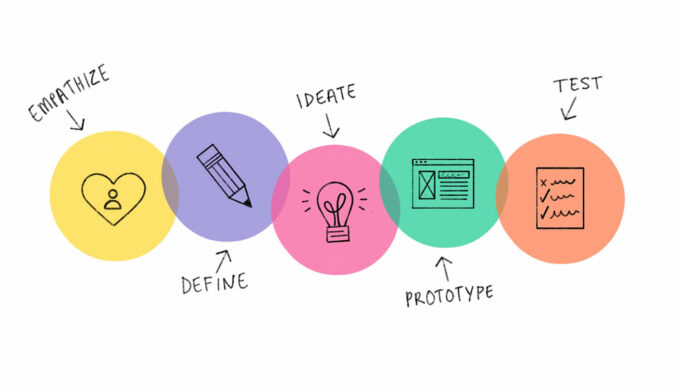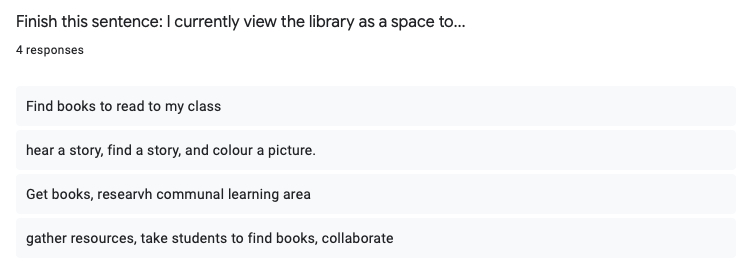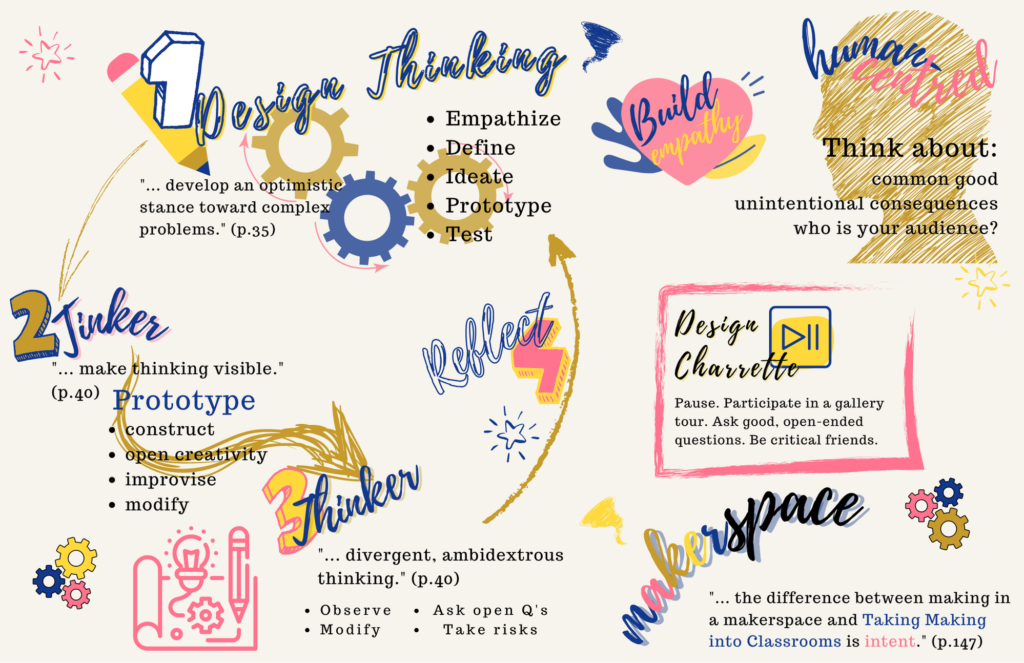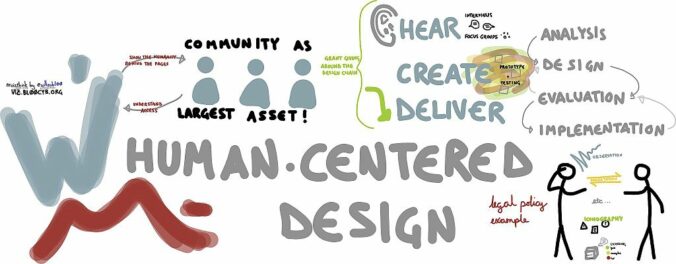Building on my last entry about Computational Thinking (CT), I want to dive deeper into what it means to actually engage in CT as an active participant. In Yasmin B. Kafai’s article “From Computational Thinking to Computational Participation in K–12 Education” the term computational thinking is reframed to computational participation (CP) (2016). According to Kafai, CP involves “solving problems, designing systems, and understanding human behavior in the context of computing.“
What does that look like in today’s Elementary (K-5) schools?
Kafai speaks of the importance of relevant and authentic learning opportunities, where kids can engage in digital practices that are fun, interactive, and actually mean something to them in the context of their lives. According to Kafai, “programming is not an abstract discipline, but a way to “make” and “be” in the digital world.” In other words, programming can be the digital language of identity-making online.
As with all identity-making, this is not a solitary pursuit. This must happen in collaboration, interaction, and communication with others. We are social creatures and we thrive in learning situations that allow us to build upon and with the genius of others. From building from “scratch” or “remixing” an existing product, Kafai stresses that a key feature for 21st century learning is open knowledge sharing and innovation.
It might seem like CP is as simple as grouping kids together to work on a coding project, but Kafai cautions that CP comes with its own set of challenges. Kafai reminds that students aren’t “digital natives” and that, “to learn to code students must learn the technicalities of programming language and common algorithms, and the social practices of programming communities.“
Some ideas to build the foundational skills, communication, and processes to become a CP?
- Design “Exact Instruction Challenges” for your classroom: written or verbal. Focus on deconstructing a simple (or complex, if you’re brave and patient and have done this before!) task into its most basic steps. Build skills in communication.
- Do round-robin designs: one student starts it off and then passes it on. Consider that this can be done on-paper (written or visual), physically (designing a dance or movement), verbally (a story or song), or with a hands-on creation like Lego or blocks. Your imagination is the limit, and the purpose is to foster open sharing, lessening attachment to ownership, and learning to work collaboratively. *Check out the full Google Design Sprint Kit.
- Start your day with a WODB dialogue: Which one doesn’t belong? There are no answers provided with these, because multiple correct answers exist. This task builds skills in reasoning and explaining an answer, while encouraging out-of-the-box thinking and understanding that one-solution-fits-all is often a myth. I love this as a warm-up activity for math.
Granted, none of these ideas use tech. What they do is build the foundational skills for CT and CP.
Over to you:
How have you seen CP come alive in your school?
What have been some of the most successful (in terms of student participation, enjoyment, and learning) ways in which you have incorporated CP into your practice?
References:
Kafai, Yasmin B. “From Computational Thinking to Computational Participation in K-12 Education.” Communications of the ACM, vol. 59, no. 8, Aug. 2016, pp. 26–27. EBSCOhost, doi:10.1145/2955114.
Josh Darnit (2017). “Exact Instructions Challenge PB&J Classroom Friendly | Josh Darnit.” Retrieved on July 21, 2021 from: https://www.youtube.com/watch?v=FN2RM-CHkuI
LUMA Institute (ND). “Round Robin” from the Google Design Sprint Kit, last accessed July 21, 2021 from: https://designsprintkit.withgoogle.com/methodology/phase1-understand/round-robin
https://wodb.ca: a website dedicated to Which One Doesn’t Belong? With a nod to Christopher Danielson and his Which One Doesn’t Belong – A Shapes Book





Recent Comments